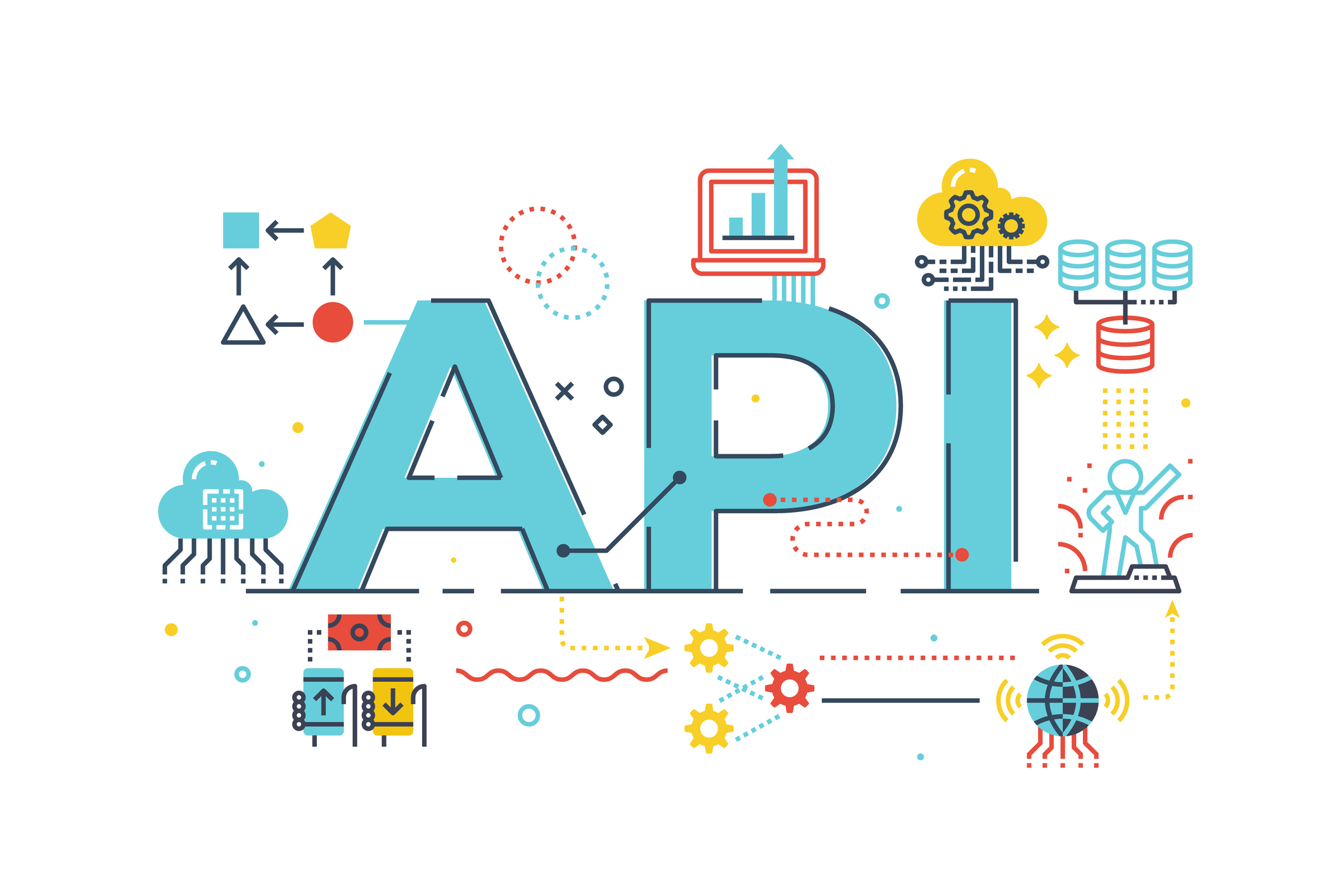With the online retail explosion that’s already in motion, now is the time for eCommerce enterprises to double down on their investment. According to an article from Entrepreneur, “73% of shoppers say they’ll continue to use direct-to-consumer methods for purchasing essentials even after the pandemic is completely over.”
Those consumers, who have added an hour of online time to their daily routine over the last year, are also spending their digital time in evolving ways, with a heavy emphasis on mobile devices. Their expectations for the eCommerce experience have changed and so must the companies that want to compete in this fast-growing space.
The key is in leveraging APIs, which are no longer a nice-to-have but a requirement for maximizing eCommerce potential. From enabling customization to meeting the growing demand for cross-channel experiences, APIs are the heavy lifters. That’s why eCommerce businesses are strategically making the migration to API-first platforms, like ZiftrShop, built with limitless possibilities in mind.
The ABCs of API
Only a few years ago, APIs were primarily seen in tech domains, but they have now evolved far beyond as necessary tools for business growth. They’ve become critical in broadening data revenue, partnerships, and innovation.
Here’s a deeper look at the role these invaluable tools play. An API is an interface that allows external systems to ‘talk’ to your platform. This lets you easily ‘get to’ your data and platform features so they may be leveraged elsewhere.
For example, let’s say your eCommerce system has many users who have created login accounts over time. Now you have a separate company division that wants to build its own mobile app to provide a unique service to users. Using the API, you can have your same users log into your new mobile app with ease, experiencing little friction. You also can use features from your eCommerce system right in your mobile app by calling the APIs.
This allows your company to leverage the powerful customer base that has been built up over time, while still being able to market and onboard a new customer base. The new mobile app can also access the products you have in your eCommerce site to cross-sell those items. It’s this kind of connectivity that defines the powerful, behind-the-scenes action handled by APIs.
What Is API-First Design?
While APIs have always been critical links, they haven’t always been a company’s first eCommerce consideration. There was an obvious code-first approach to software development until recent years. To that end, much has changed and the value placed on APIs has been magnified.
Back in 2017, McKinsey called APIs “the connective tissue in today’s ecosystems” and maintained that the companies who could integrate APIs successfully were able to see benefits in cost, efficiency, and their overall bottom line. APIs were moving to the forefront of eCommerce as businesses moved to the cloud and the API-first approach emerged.
API-first design grew in popularity due to the immense rise in the multitude of channels in which people interact with brands—web, mobile, apps, digital kiosks, bots—and considers the consumer desire for a seamless experience. In response to this demand, brands are realizing the need for decoupled architectures to effectively meet each channel’s distinctive front-end while also delivering similar function for the consumer.
Basically, our hypothetical restaurant server needs to up his game. Gone are the old-school days of strictly paper and pen orders, replaced by mobile ordering and food delivery apps.
The Business Benefits of API-First Design
Even if this is all making sense, you might still be wondering: How can API-first design propel my business forward? An API-first approach places greater emphasis on the design and development of the API than on its implementation. Rather than starting with the code, the team begins with designing, planning, and testing an interface.
While speedy implementation of functionality is of obvious value, other benefits to an API-first approach continue to be revealed. Some of these include:
- Parallel software development.
- Upgraded developer experience
- Expedited development process
- Agility and decreased adaptation failures
- Optimized development costs
An API-first approach allows businesses to reuse existing software and infrastructure, enabling a future of faster software delivery. Time to market can be accelerated and total development time can be optimized. Agility is achievable through the extension and enhancement of an existing API.
Although APIs are not inherently cost-reducers, they support a broader reduction due to the code becoming extensible and reusable, creating value. APIs are viewed as a resource by successful companies.
The speed at which digital experiences can be created measures the value of an API-first approach. By shifting focus away from implementation to an API-first approach, attention is redirected to an infrastructure that guards against future cost.
Stepping into the Future of eCommerce
Back in February we looked at 2021 eCommerce trends and key steps you can take to keep your business moving forward this year. Having the flexibility to integrate and fully flex eCommerce experiences quickly enough to capture market opportunities is key to success. But it can only be done with a next-generation platform that’s ready to grow with you, like ZiftrShop.
With eCommerce poised to rise rapidly through API-first integration, this is a key time to evaluate whether your current platform is ready to meet the demands ahead. If the answer isn’t an immediate yes, what are you waiting for? Contact ZiftrShop today and we’ll help your business lead the way in the limitless future of eCommerce!
